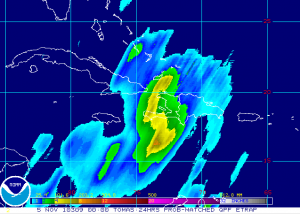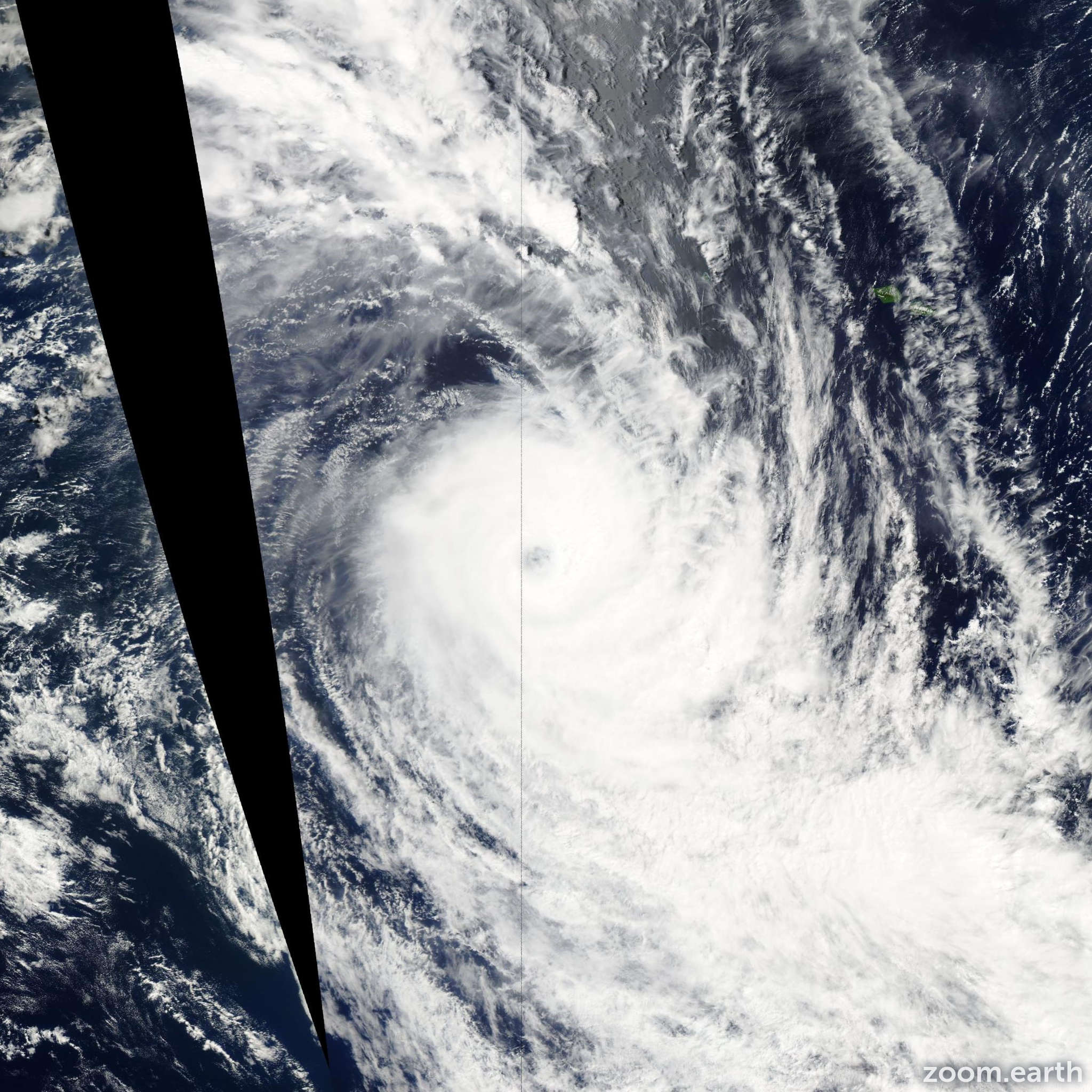

16 A clear understanding of the medical impact of the 2017 hurricanes on the islands is essential in optimizing current recovery strategies and in planning for future storms. With the recognized increases in sea surface temperatures in the Caribbean, there is a reasonable likelihood that the USVI will face storms of similar or greater magnitude in the coming years. 15 Based on the data cited previously from Puerto Rico, it is likely that there were excess hurricane-related deaths in the USVI. The emergency response to both hurricanes in all 3 USVI islands brought in an estimated 13 000 service and rescue personnel, resulted in the evacuation of close to 800 patients, left almost 40 000 without power, and generated in excess of 200 000 million cubic yards of debris 10,13,14 (Appendix A, Figure B).įive USVI deaths were officially attributed to the hurricanes. While St Croix and Puerto Rico took the brunt of Maria’s impact, widespread flooding and additional wind damage led to further destruction and halted recovery operations on St Thomas. On September 19, 2017, hospital staff received an order to disassemble their tent ED and shelter for a second Category 5 storm, Hurricane Maria, which was headed for the island. 9 During these operations, hospital patients whose care exceeded the resources of SRMC, including as many as 200 dialysis patients, 10–12 were evacuated to St Croix, Puerto Rico, and locations in the continental United States.

In response to this hurricane-related disaster, the SRMC emergency department moved all operations to medical tents pitched in the parking lot. 7 Following the landfall of Hurricane Irma, the SRMC experienced loss of power, collapse of the fourth floor of the hospital, destruction of the building housing its cancer center, and flooding of the ED (Appendix A, Figure A, available as a supplement to the online version of this article at ) 8 there was also loss of the electronic medical record system, necessitating a shift to paper records for approximately 1 month. The Schneider Regional Medical Center (SRMC) on St Thomas is the only hospital on the island and has the only fully equipped emergency department (ED) for St Thomas and St John, serving a population of approximately 55 000. St Thomas is the most populated island and home to the territorial capital. Reprinted with permission.įewer data are available on the medical impact of these 2 storms on the USVI ( Figure 1 ). Courtesy of Vasubandhu Misra, PhD, Florida Climate Institute. Emphasis should be given to building a resilient health care system that will optimally respond to future hurricanes.įIGURE 1- Tracks of Hurricanes Irma and Maria: US Virgin Islands and Puerto Rico, 2017 Hurricanes Irma and Maria caused major disruptions to health care on St Thomas. Suboptimal recordkeeping for medical evacuees limited the ability to assess outcomes for patients with severe illnesses.Ĭonclusions. There was a significant increase in patients being seen for diabetes-related and respiratory complaints, especially asthma. ED administrative data demonstrated that posthurricane patients, compared with prehurricane patients, were older and had less severe complaints. In the setting of loss of the electronic medical record system, ED chart reviews were limited by problems with missing data.

The greatest public health impact was on the elderly and persons with chronic diseases. Informants described damaged hospital infrastructure, including flooding, structural damage, and lost staff. We collected data from interviews conducted 6 and 9 months after the hurricanes, a review of 597 randomly selected emergency department (ED) encounters, and administrative records from 10 716 ED visits 3 months before, between, and 3 months after the hurricanes. To assess the health impact of Hurricane Irma and Hurricane Maria on St Thomas, US Virgin Islands. Toben interpreted key informant interviews. Drabin collected the data and conducted the key informant interviews. Wheatley acquired data and provided logistical support. Fiore analyzed the data and interpreted the results. Morris conceptualized the study, designed the analytic approach, and drafted the article. Reprints can be ordered at by clicking the “Reprints” link. CopyRight Correspondence should be sent to John Glenn Morris Jr, MD, MPH&TM, Emerging Pathogens Institute, 2055 Mowrey Rd, Rm 159 PO Box 100009, Gainesville, FL 32610-0009 (e-mail: ufl.


 0 kommentar(er)
0 kommentar(er)
